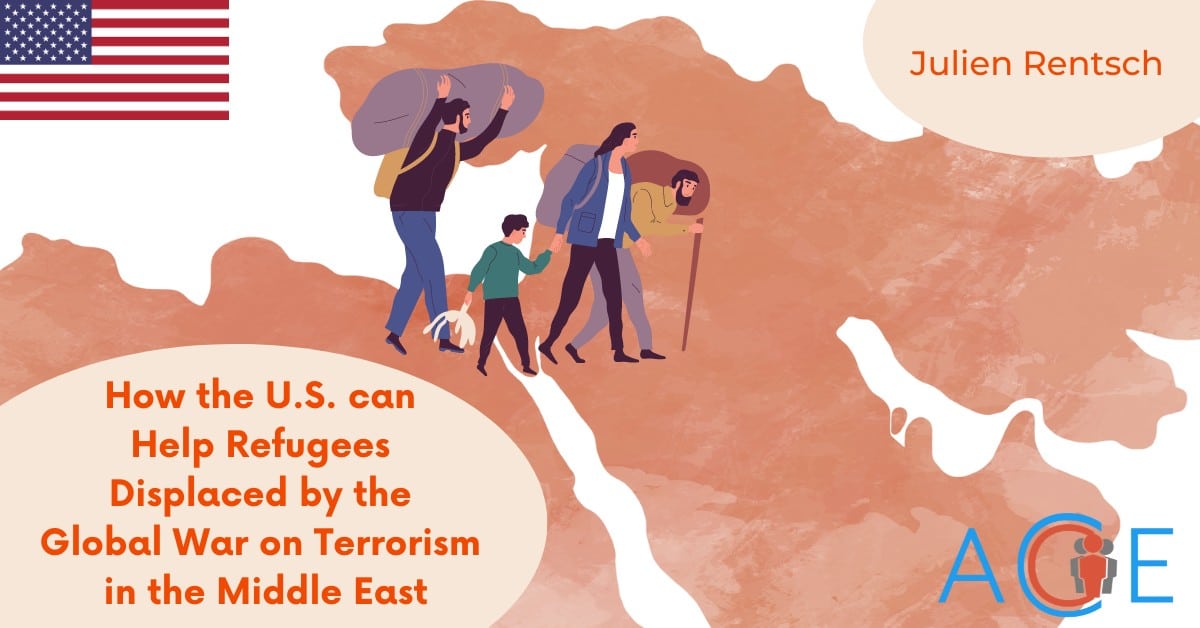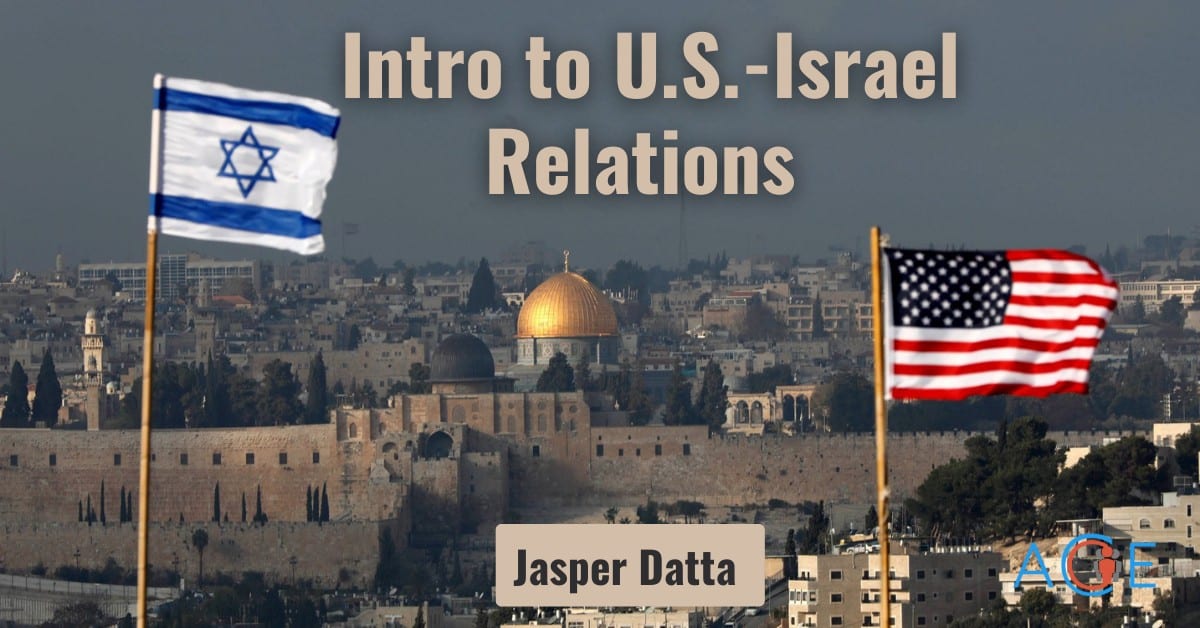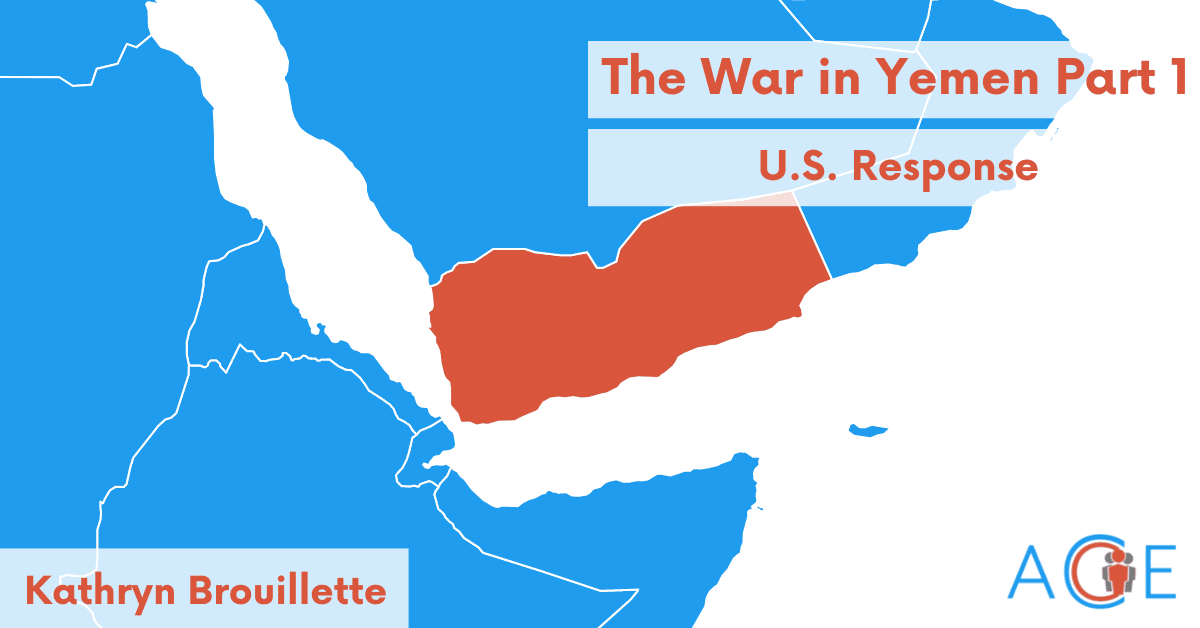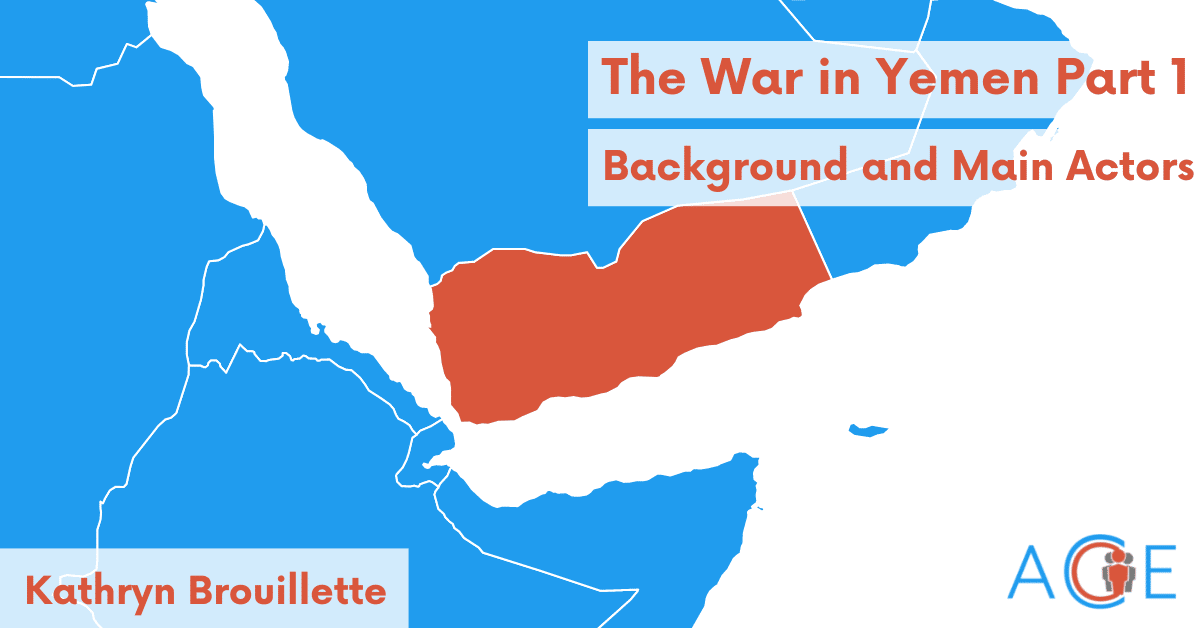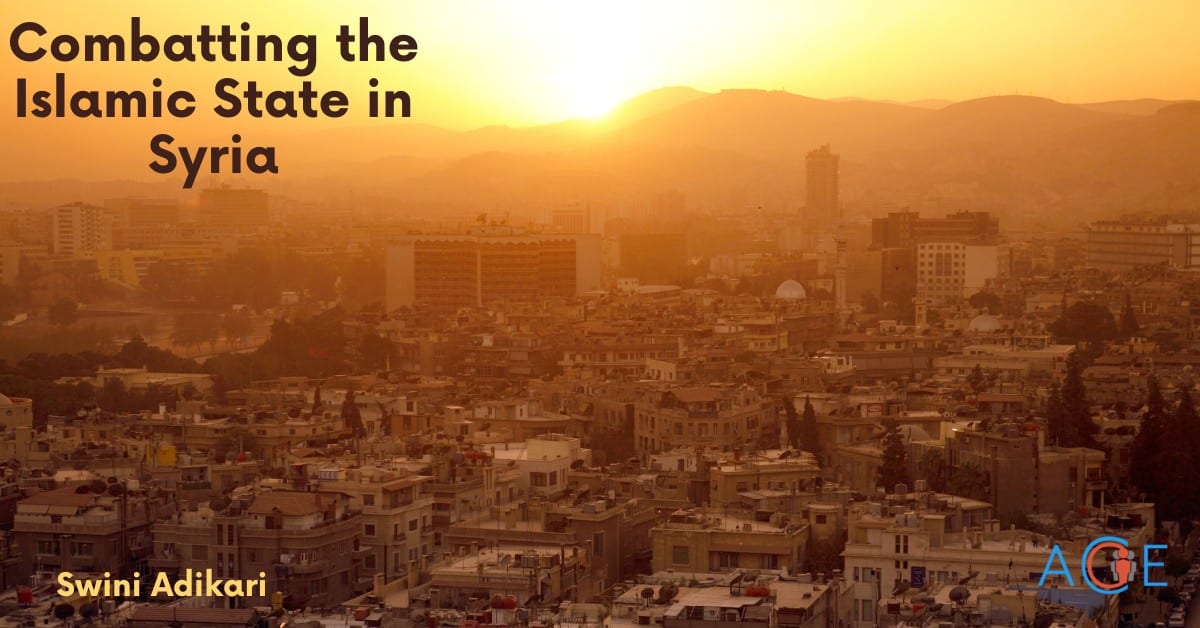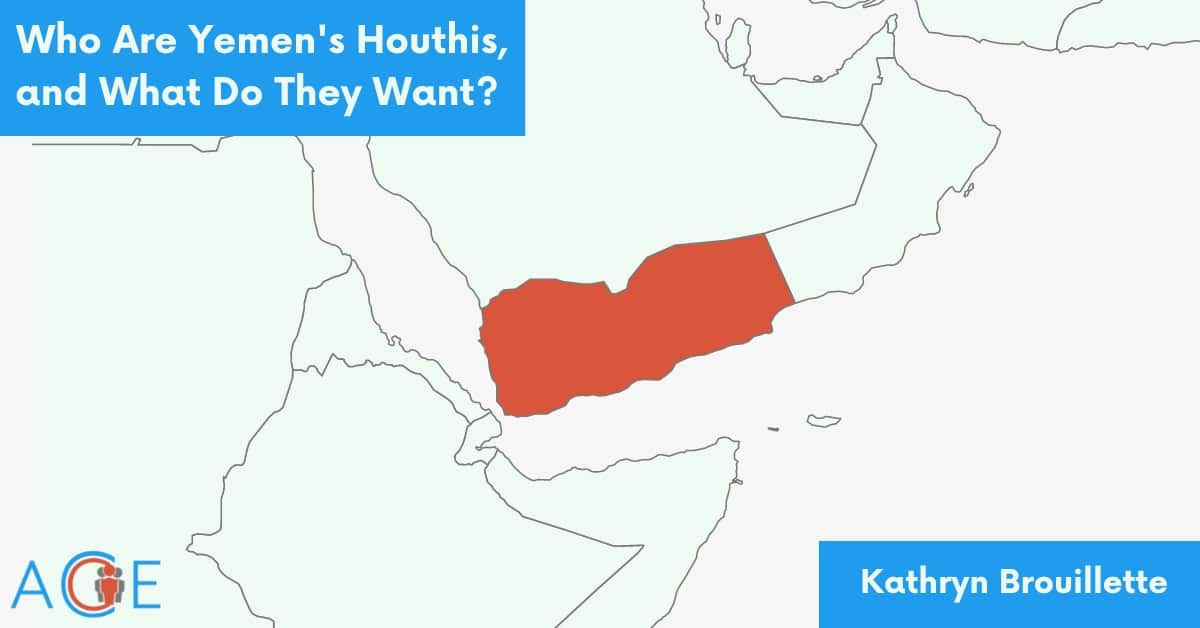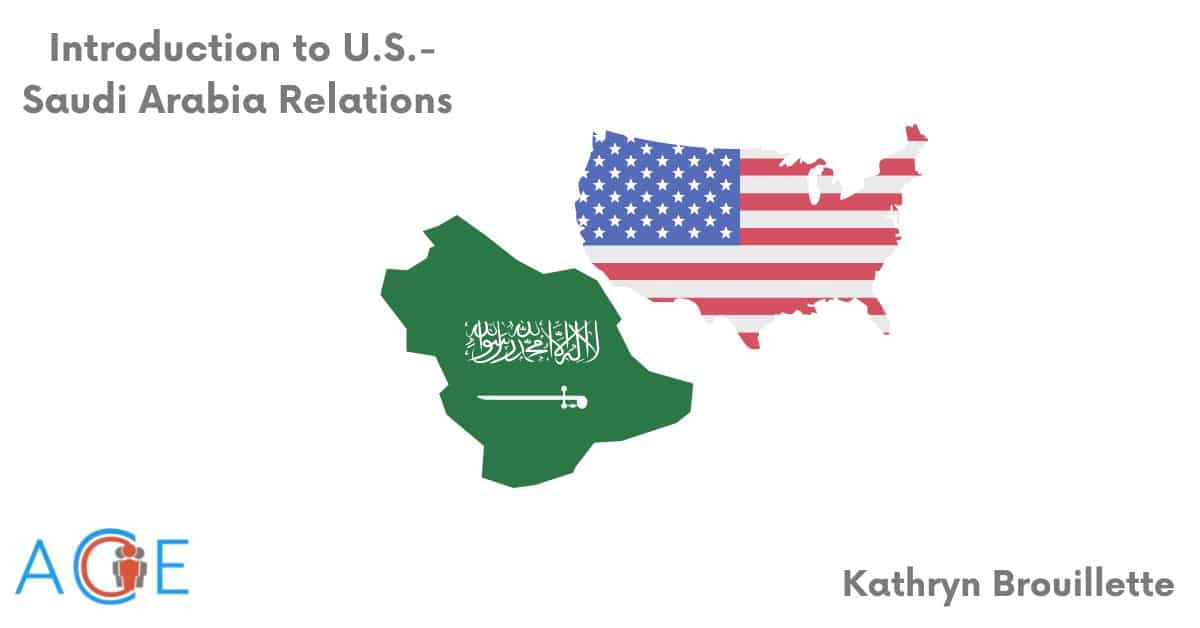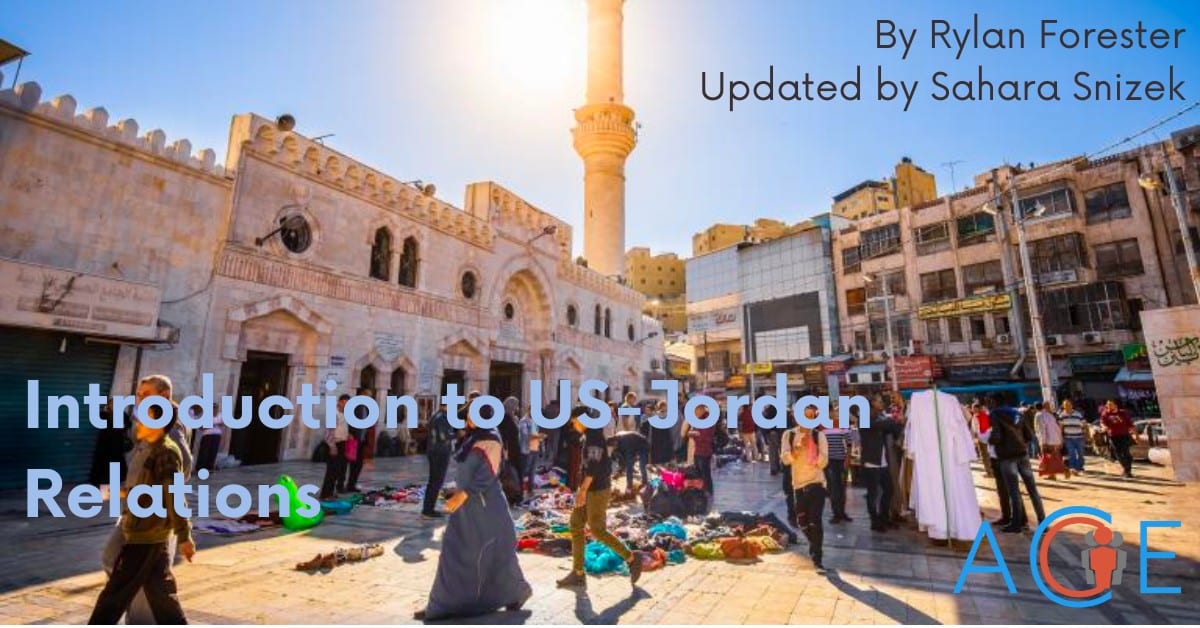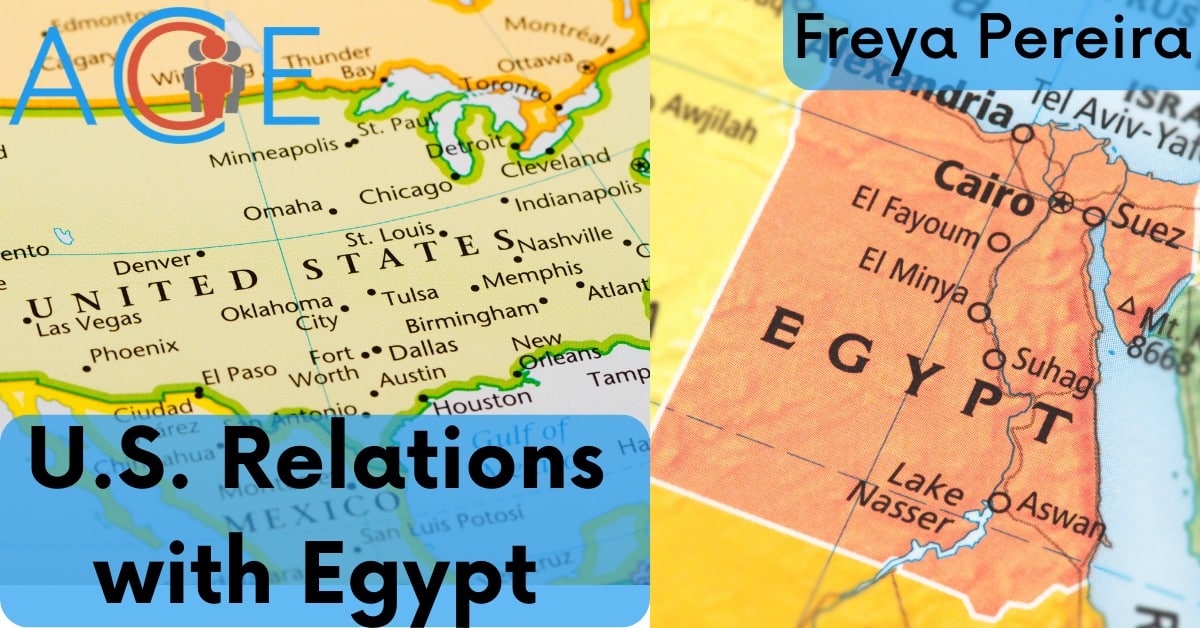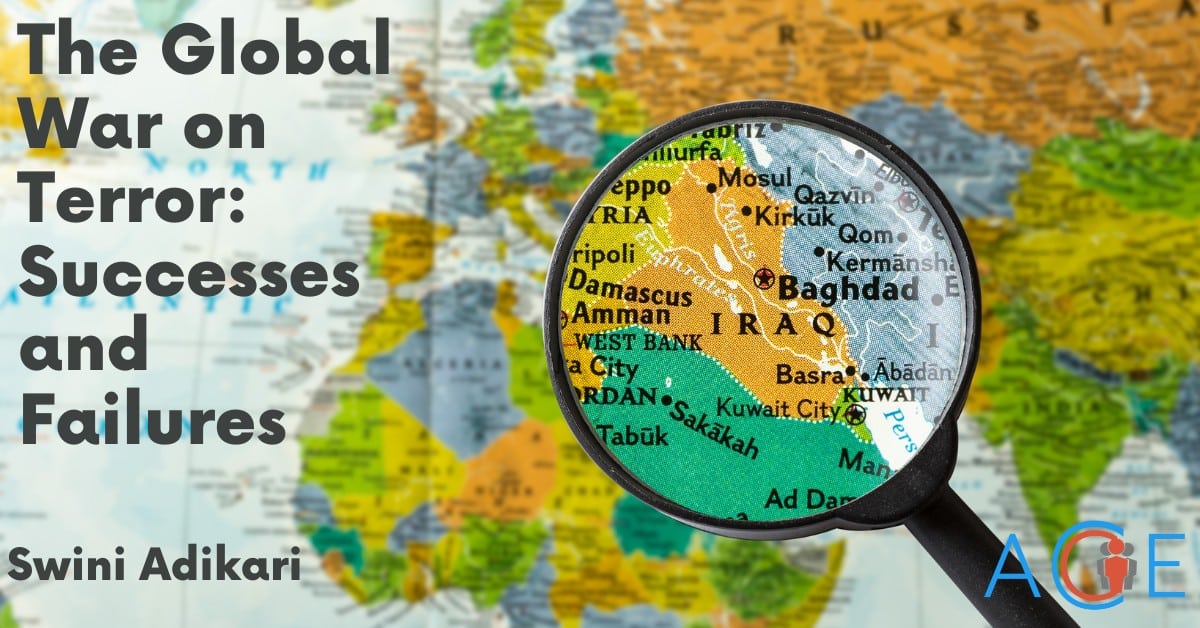The Global War on Terrorism
The Global War on Terrorism (GWOT) is an ongoing, international counterterrorism campaign led by the United States in response to the September 11, 2001, terrorist attacks. More than 170 nations have taken on the cause, which has included targeting state and non-state actors such as the Taliban, al Qaeda, ISIS, and the Saddam Hussein regime. The GWOT has succeeded in protecting the United States and its citizens from attacks, with only about 100 Americans dying in the US in attacks by Islamist extremists since 2001. Despite its benefit for America, the GWOT has left many people in the Middle East displaced, both within and across international borders.
Refugees Displaced by the GWOT
At least 37 million people have been displaced by the GWOT through eight post-9/11 wars in which the US has been crucially involved. During these wars, the US either had a clear responsibility for initiating combat, escalating combat, or for being a significant contributor to combat through drone strikes, logistical support, battlefield advising, and arms sales, among others. The 37 million people includes upwards of 8 million refugees and 29 million internally displaced people (IDPs). For the purpose of this brief, refugees will be defined as people who have been displaced across international borders. There have been over 2 million refugees each from Iraq, Afghanistan, and Syria as a direct and indirect result of the GWOT. The GWOT has expanded beyond the Middle East, leading to hundreds of thousands more refugees from Pakistan, Yemen, Somalia, Libya, and the Philippines. While the plight of the 29 million IDPs is extremely important, this brief will focus on the 8 million refugees, as policy solutions for refugees and IDPs would be vastly different.
How Host Countries Have Handled an Influx of Refugees
Most refugees who have escaped violence from the GWOT in the Middle East have fled to neighboring countries, especially Turkey, Jordan, and Lebanon. Turkey currently hosts around 3.7 million refugees, Jordan hosts around 3 million refugees, and Lebanon hosts around 1.3 million refugees. Those three countries also host the most displaced people per capita in the Middle East. It is of note that many of these refugees come from Syria as a result of the Syrian Civil War. However, for this policy brief, Turkey, Lebanon, and Jordan can still be focused on because they host the most refugees displaced by the GWOT.
Turkey is home to the world’s highest population of refugees. Most of these refugees live outside camps under challenging circumstances, such as reduced food consumption or living in poor-quality housing. Turkey has made efforts to supply registered refugees with education and healthcare, among other rights and services. To help in those areas, the European Union (EU) has provided over six billion euros in aid through the EU Facility for Refugees in Turkey, in which they focus on humanitarian assistance, education, health, and migration management, among others.
Turkey also has both international and national legislation pertaining to refugees. Turkey is a party to the United Nations’ 1951 Convention Relating to the Status of Refugees and its 1967 Protocol. The Convention defined the term “refugee,” gave refugees protection from persecution, and established a principle of non-refoulement, which states that refugees cannot be sent back to their home countries if there are concerns of oppression. The 1967 Protocol removed geographic and temporal limitations of the Convention. In terms of national legislation, Turkey implemented its first domestic asylum law in 2014, titled the Law on Foreigners and International Protection. This law established a legal framework for migration and asylum, stating that refugees will not be sent back to dangerous or discriminatory places. It created an institution to manage international protection, and gave refugees a way to apply for residence permits. The same year, Turkey adopted the Temporary Protection Regulation, which outlines rights of refugees and procedures for refugees granted temporary protection. However, it is of note that Turkey does not recognize Syrians seeking asylum as refugees as defined by the 1951 Convention.
Unlike Turkey, Lebanon and Jordan both have not ratified the 1951 Convention or the 1967 Protocol. The governments of those two countries view asylum seekers from other countries as guests, not as refugees. A partial goal of this approach is to prevent the integration of refugees into society. Because Lebanon and Jordan are not party to the international treaties, they are not required to recognize the rights of refugees guaranteed by the Convention. Instead, it is their job as host countries, as well as the jobs of international agencies, to promote the wellbeing of refugees, which can be problematic. In both countries, refugees face employment restrictions, poor housing, and inadequate access to services. On top of that, there are negative views from many citizens in Lebanon and Jordan towards refugees, and the same goes for the views of Turkish citizens towards refugees.
Although many aspects of the refugee situation in Lebanon and Jordan are similar, both countries have also dealt with the influx of refugees using differing strategies. The Jordanian government has input a legal framework to address the refugee crisis. What seemed like progress for refugees actually turned out to be a liability, as the policies have become more restrictive. The Lebanese government has taken a different approach, allowing local institutions to handle many aspects of accommodations for refugees. Despite its downfalls, Jordan has made some recent progress. In 2021, Jordan issued 62,000 work permits to refugees, which is a record number.
US Policy Options
There are policy options that can help improve the wellbeing of refugees in Turkey, Lebanon, and Jordan. Since these countries have the most refugees displaced by the GWOT, it makes sense to focus on them for US policy options. It is notable that by listing policy solutions to help refugees, this brief only explores the view that the US should intervene to help refugees. Listed below are some of the options.
The US could encourage Lebanon and Jordan to sign the 1951 United Nations Convention Relating to the Status of Refugees and its accompanying 1967 Protocol. The US could do this through negotiations with Lebanon and Jordan, such as a deal to provide increased aid to support refugees in those countries in return for signing the Convention and Protocol.
Pros
- The US fulfills its strategic interest as a global peacekeeper.
- There are many benefits for refugees. Their quality of life could improve, and they would be granted many protected rights and freedoms outlined under the Convention and Protocol. In Lebanon and Jordan, legal aid actors spend too much time advocating for the right to legal stay for refugees. Since the Convention requires states to regularize the status of refugees within their borders, signing it would make legal stay in Lebanon and Jordan more accessible.
- Promoting the Convention and Protocol would be less of an infringement on Lebanese and Jordanian national sovereignty than promoting domestic laws.
- Providing aid as a negotiation tactic would help lower Lebanon and Jordan’s out-of-pocket costs to help refugees. More money could then be spent to promote the refugees’ wellbeing.
Cons
- Since signing the Convention and Protocol would help refugees to gain legal stay in Lebanon and Jordan, it may exacerbate tensions between refugees and citizens of Lebanon and Jordan.
- Signing the Convention and Protocol may not actually do much, as there is already influence from both in Lebanon and Jordan today. That influence comes in the form of norms being spread to those countries. Therefore, the US may be wasting resources to pursue this option.
The US could promote peace and positive relationships between refugees and the citizens of host nations. Refugees are not likely to leave Turkey, Lebanon, and Jordan any time soon, so the US can try to improve their quality of life there so that they can more easily integrate into those societies. The US can do this through diplomatic talks with government leaders, which would ideally lead to a campaign supporting refugees trying to integrate into their societies.
Pros
- If the relationship between refugees and host citizens becomes more positive, there will subsequently be more support for programs, laws, and infrastructure that would promote the wellbeing of refugees.
- Although an ultimate goal would be for refugees to safely return home, this is often not possible due to unsafe conditions. Therefore, improving quality of life may be the best option at the current moment.
Cons
- Turkish president Erdoğan suggests that he is not on good terms with President Biden. Because of this, diplomatic talks may be difficult.
- Citizens of the host nations may view the US attempt to integrate refugees into their societies as an infringement on their national sovereignty.
- Host citizens may not want refugees to integrate into their societies.
